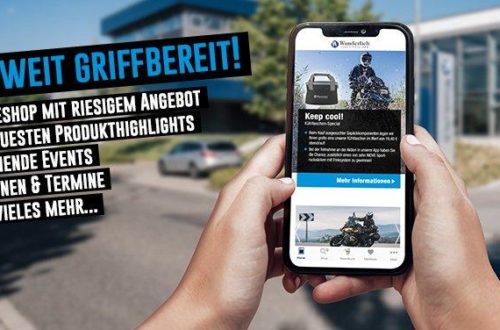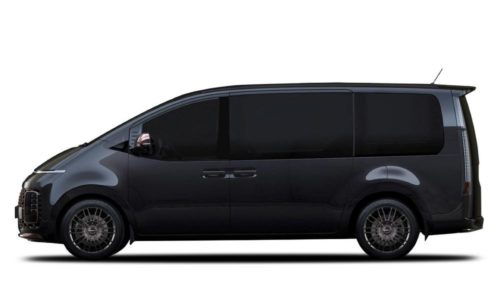For the climate: huge potential for improvement with e-mobility in local public transport
- When technology matches demand: e-bus sales rising in the European Union
- According to the ACEA, some 700,000 buses with an average age of almost 12 years are in use across the EU
- From low emissions to no emissions: Municipalities must chart a course towards sustainable mobility. The MAN Lion’s City E provides local public transport without emissions
- This fully-electric city bus from MAN is making waves throughout Europe and impressing with its reach, reliability and suitability for daily use
Electromobility is electrifying more and more people. This can clearly be seen in the rising numbers of electric vehicles being registered. However, e-mobility isn’t only increasing for individual transportation. More and more providers of local public transport are counting on electric vehicles, as the latest figures from the European Auto Manufacturers’ Association (ACEA) show. Based on the numbers of buses registered, the ACEA reports that sales of electric buses in the EU increased by 18.4% year on year from 2019 to 2020. By contrast, the proportion of diesel engines fell by almost 10% in that time (source: “ACEA buses by fuel type, full year 2020,” 30 March 2021). “Overall, the European market for electric buses was more than 2000 vehicles last year. And the trend is clearly upwards,” says Rudi Kuchta, the Head of Business Unit Bus at Man Truck & Bus. “We expect half of all new MAN city buses to run on alternative fuels by 2025.”
In spite of the growing numbers of e-buses, their diesel-driven counterparts still constitute the vast majority of buses on EU roads. According to the ACEA, there were more than 690,000 buses in 2019, with an average age of 11.7 years. Fully 94.5% of these were diesel-powered and only 0.6% purely electric (source: ACEA "Vehicles in use, Europe" report, published January 2021). “The figures and our experience show that electromobility is gathering pace. At the same time, it’s clear that there is still enormous potential. If diesel buses with outdated technology are replaced by modern electric buses, this will make an enormous contribution towards lowering CO2 emissions,” Kuchta says. “That’s a central building block for countering climate change.” The evidence is clear: if a bus travels an average of 50,000-60,000 kilometres a year and consumes between 36 and 49 litres of fuel per 100 kilometres (5.8-7.8 MPG) depending on its use, the topography and the vehicle type, switching local public transport to an e-bus generating no emissions whatsoever can save about 60-80 tonnes of CO2 a year when compared directly with a diesel bus and employing the current electricity mix.
Buses are already considered the most environmentally friendly and costeffective mode of transport. Nevertheless, it is up to local public transport providers and local authorities to cut CO2 emissions even further and thus help protect the climate. The European Union also recognised this in passing its Clean Vehicle Directive. This sets binding emission standards for local bus fleets and has been in force since August 2021. Municipalities must therefore chart a course towards emissions-free mobility. The aim: to move from low emissions to no emissions. “An increasing number of public transport companies have understood this and are only considering battery powered city buses when making new acquisitions. Either that or they are setting clear target dates for converting their entire fleet to emission-free drives,” Kuchta says. One example of this is Hamburg-Holstein public transport operator VHH, which has been buying exclusively emission-free battery-driven local buses since 2020. The aim is to convert the entire fleet of buses to zero-emission propulsion systems as far as possible by 2030.
To best assist transport operators in moving towards emission-free mobility, MAN Truck & Bus offers an all-inclusive concept comprising comprehensive e-mobility advice and tailored, forward-looking solutions. After all, for MAN, too, the future of urban mobility is electric. “We are convinced that electromobility is the key technology for the utility vehicles of the future. That’s why we are working together with our customers to drive technologies and progress ever further forwards,” Kuchta says. This is based on the MAN Lion’s City E, which can provide a fully electric solution for local public transport.
For months now, the MAN Lion’s City E has been proving in more and more towns and cities across Europe how outstandingly well it can cope with city traffic and how easy it is to integrate into existing operations. During a MAN test drive in Munich in May this year, it also managed to surpass the 550 kilometre mark for driving in realistic everyday conditions on a single charge. “The question of distance also plays an important role for our customers. After all, a single electric vehicle must in future be able to take over the lines currently being served by a vehicle with an internal combustion engine. At the MAN Efficiency Run, our e-bus showed in impressive style how suitable electromobility already is for everyday use,” Kuchta says. That’s because even with a realistic reach of “only” 400 kilometres in regular use, the bus was able to cover 98% of the routes served by MAN customers – without having to recharge its batteries along the way. It can then be recharged back at the depot, with the added advantage that operators needn’t invest in additional charging infrastructure elsewhere in town.
MAN Truck & Bus is one of Europe’s leading commercial vehicle manufacturers and transport solution providers, with an annual revenue of more than 9,5 billion euros (2020). The company’s product portfolio includes vans, trucks, buses/coaches and diesel and gas engines along with services related to passenger and cargo transport. MAN Truck & Bus is a company of TRATON SE and employs more than 37,000 people worldwide.
MAN Truck & Bus SE
Dachauer Straße 667
80995 München
Telefon: +49 (89) 1580-01
Telefax: +49 (89) 1503972
http://www.mantruckandbus.com
MAN Nutzfahrzeuge AG
Telefon: +49 (89) 1580-63725
E-Mail: sebastian.lindner@man.eu
![]()



